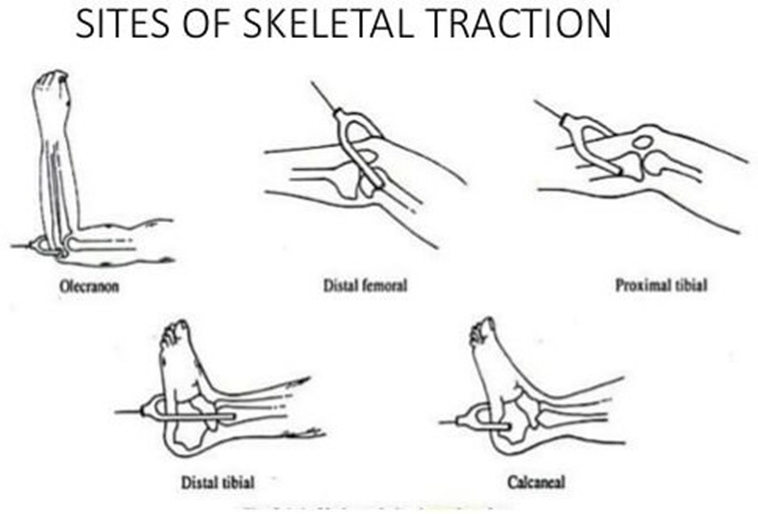A nurse is developing a plan of care for an 80-year-old client who is postoperative. This client has a 38 pack-year smoking history. Which of the following interventions should the nurse include in the plan to prevent pulmonary complications?
Place suction equipment at the bedside.
Perform range of motion (ROM) exercises.
Administer an expectorant.
Encourage the use of incentive spirometry.
The Correct Answer is D
Choice A reason: Placing suction equipment at the bedside is a preparatory measure but not a preventive intervention for pulmonary complications.
Choice B reason: Performing ROM exercises is beneficial for overall mobility but does not directly prevent pulmonary complications.
Choice C reason: Administering an expectorant may help clear secretions but is not the primary preventive measure for pulmonary complications.
Choice D reason: Encouraging the use of incentive spirometry is a proven intervention to prevent pulmonary complications by promoting lung expansion and preventing atelectasis, especially in patients with a history of smoking.
Nursing Test Bank
Naxlex Comprehensive Predictor Exams
Related Questions
Correct Answer is C
Explanation
Choice A reason: Nephrotoxicity causes intrinsic renal failure due to direct damage to the renal parenchyma, not pre-renal failure.
Choice B reason: Acute tubular necrosis is a type of intrinsic renal failure resulting from damage to the renal tubules, not pre-renal failure.
Choice C reason: Hypovolemia is a common cause of pre-renal failure due to decreased blood flow to the kidneys, leading to reduced urine output.
Choice D reason: Acute Glomerulonephritis is an intrinsic renal condition that affects the glomeruli, not a pre-renal cause.
Correct Answer is A
Explanation
Choice A reason: Pin site care is essential for a client with skeletal traction to prevent infection and ensure proper healing.
Choice B reason: A five-pound weight lifting restriction is not related to the care of a client with skeletal traction.
Choice C reason: Prone positioning is not typically recommended for clients with skeletal traction as it may interfere with the traction setup.
Choice D reason: Intermitent weights are not a standard intervention for skeletal traction, which requires consistent and controlled application of force.

Whether you are a student looking to ace your exams or a practicing nurse seeking to enhance your expertise , our nursing education contents will empower you with the confidence and competence to make a difference in the lives of patients and become a respected leader in the healthcare field.
Visit Naxlex, invest in your future and unlock endless possibilities with our unparalleled nursing education contents today
Report Wrong Answer on the Current Question
Do you disagree with the answer? If yes, what is your expected answer? Explain.
Kindly be descriptive with the issue you are facing.
